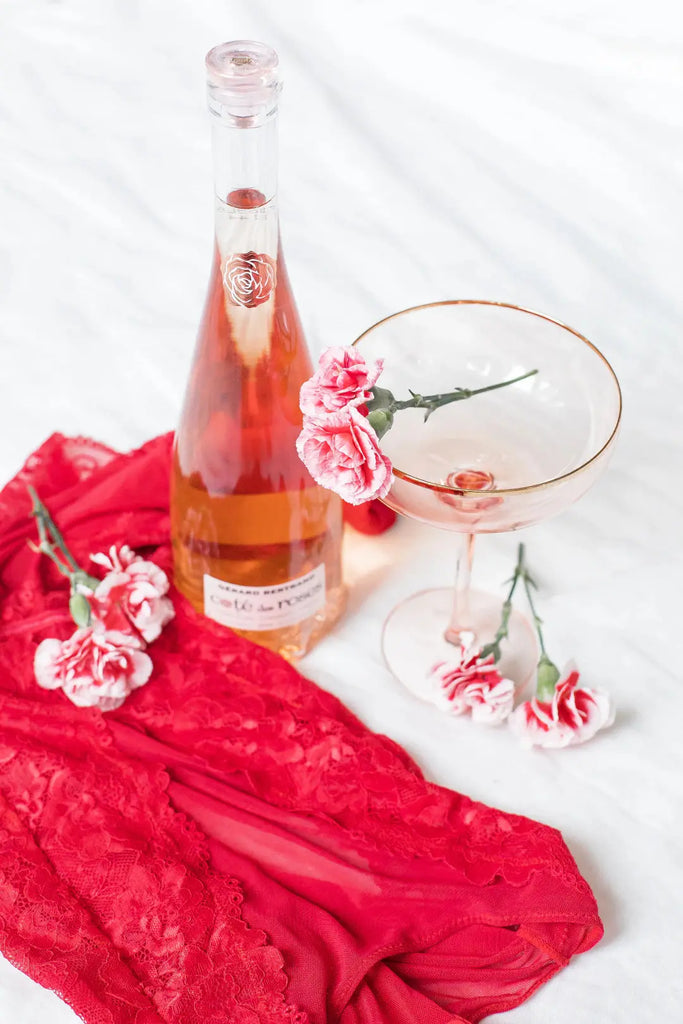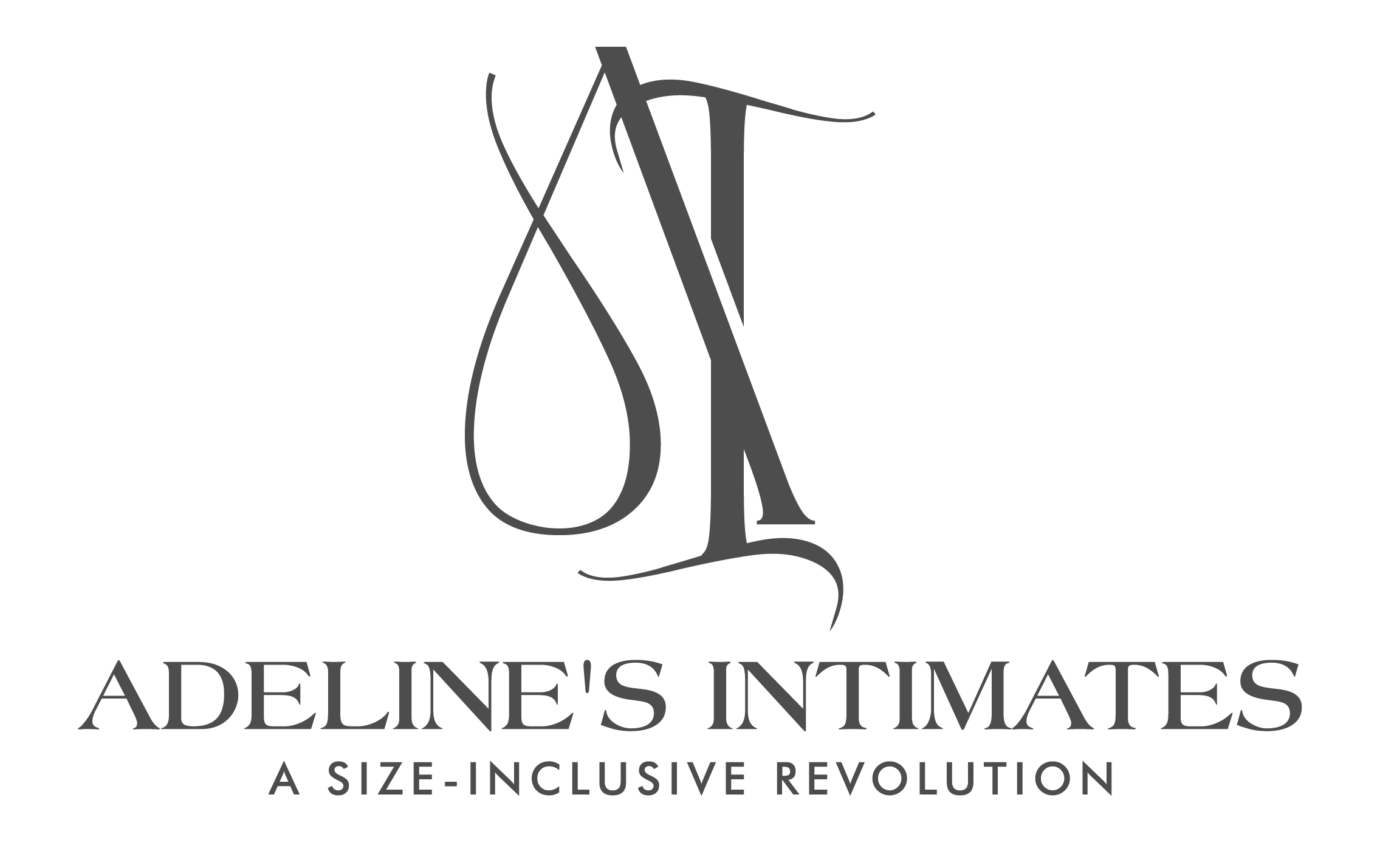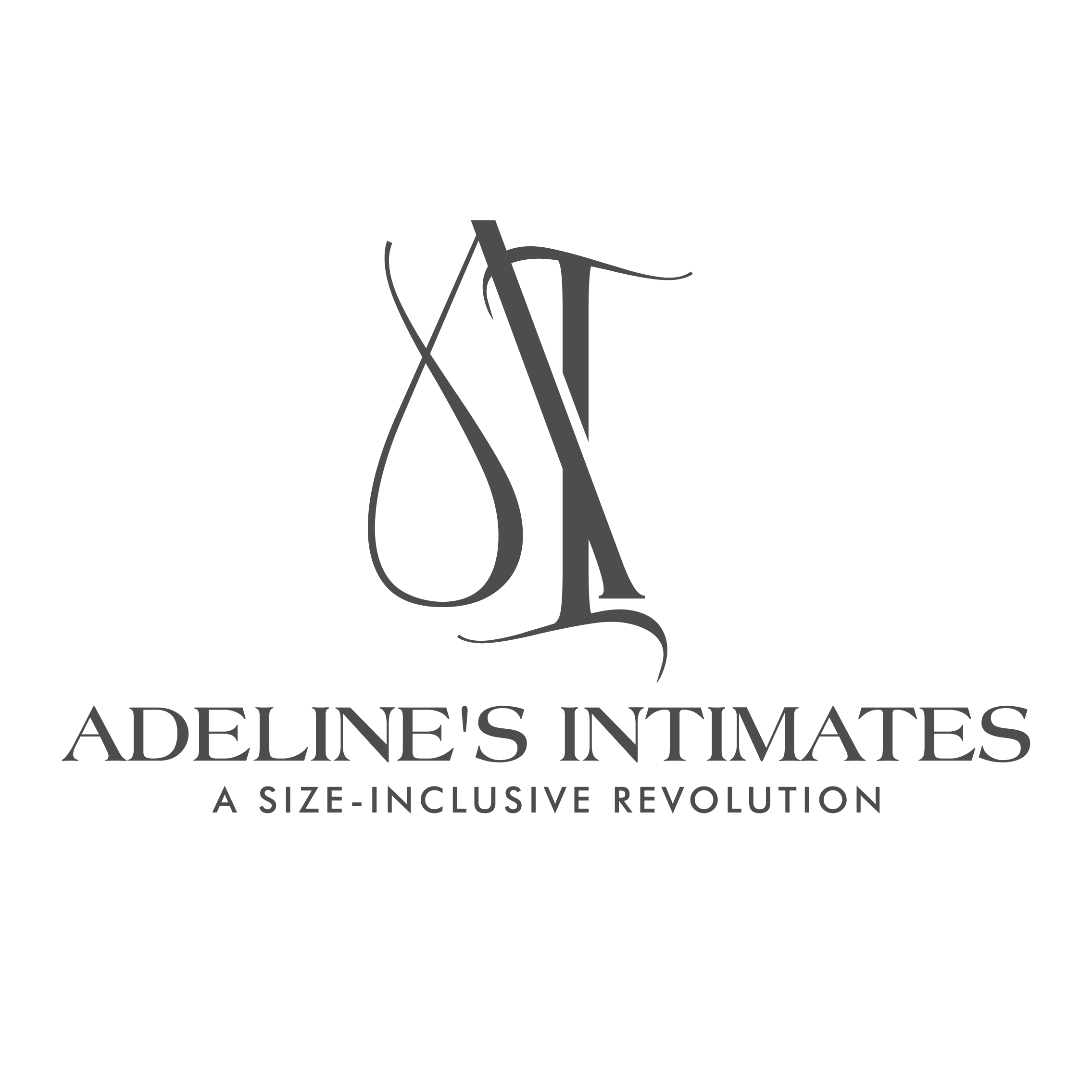
Unveiling the Past: Lingerie Trends Through the Ages

Frequently Asked Questions
1. What is the historical significance of lingerie in fashion?
2. How did the suffragette movement influence lingerie trends?
3. What lingerie styles became popular during the 1950s and 60s?
4. How has technology impacted modern lingerie design?
5. What is the future of lingerie trends focusing on?
When it comes to fashion, lingerie is often one of the most intimate and personal expressions of style. Over the centuries, the evolution of lingerie trends has reflected not just aesthetic preferences but also societal norms, values, and technologies. From the restrictive corsets of the Victorian era to the body-positive designs of today, lingerie has undergone a significant transformation. In this exploration, we'll take a closer look at how lingerie trends have evolved, highlighting the key styles and cultural shifts that have shaped them.
The Early Days: Corsets and Crinolines
The journey of lingerie can be traced back to the 16th century with the introduction of the corset. Made from whalebone, wood, or metal, corsets were designed to shape the female body into an hourglass figure, which was idealized during this period. This trend reflected societal expectations of femininity and beauty. Crinolines, or hoop skirts, gained popularity in the 19th century, allowing women to achieve a fuller silhouette, which was also maintained with the help of structured undergarments.
A Symbol of Status
During these times, lingerie wasn’t just about support and modesty; it was also a status symbol. The wealthier classes could afford elaborate fabrics and intricate detailing, while lower classes used simpler, more practical designs. This division also led to a disparity in the level of comfort women experienced, as those in the upper class endured discomfort for the sake of fashion.
Revolutionary Changes: The 20th Century
The early 1900s marked a pivotal shift in the world of lingerie as the suffragette movement began to rise. Women fought not only for voting rights but also for autonomy over their bodies. This period saw the introduction of the brassiere, which was a more comfortable alternative to the corset. As societal norms began to change, lingerie started to become a reflection of female empowerment rather than a tool of oppression.
The Flapper Era
The Roaring Twenties epitomized freedom, showcasing a transition in women’s fashion. Flapper style lingered toward less restrictive garments, and bras designed to flatten the bust became popular. Women embraced a boyish silhouette, characterized by straight lines and dropped waistlines, which further liberated them from the constraints of previous eras. This period also marked the invention of the first modern panty, introducing practicality and comfort to women’s lingerie choices.
Post-War Elegance: The 1950s and 60s
The post-World War II era ushered in a new appreciation for traditional femininity. The 1950s celebrated the "New Look," famously introduced by Christian Dior, which emphasized voluptuous curves. Lingerie brands began to create designs that complemented this aesthetic—think bras with more structure and emphasized pads, alongside high-waisted panties and garter belts. This era redefined sexy and instilled a sense of romanticism in lingerie that still influences styles today.
Sexual Liberation and the 1960s
As the sexual revolution emerged in the late 1960s, women began to embrace their sexuality more openly. With this came a shift towards more daring and revealing lingerie options, including the bikini brief and sheer fabrics. Advertising began to portray a more liberated vision of femininity, paving the way for the modern influences we see in lingerie today.
The 1970s and 80s: The Rise of Practicality
The feminist movements of the 1970s shifted focus to women's health and comfort, leading to lingerie that prioritized wearability and functionality. The introduction of stretchy materials allowed for comfortable designs that did not compromise aesthetics. This era also gave rise to styles such as sports bras, accommodating women’s increasing participation in physical activities.
Power Dressing in the 1980s
The 1980s embraced power dressing, and lingerie became increasingly visible thanks to the popularity of sheer tops and oversized jackets. Lingerie brands began to market their products as fashion statements, and celebrities like Madonna influenced the public's perception of lingerie as outerwear. Age of excess was characterized by vibrant colors, bold patterns, and unique cuts that broke traditional mold.
Modern Feminism: The 1990s to Today
The 1990s introduced minimalist designs and a more sporty look in lingerie. Brands like Calvin Klein popularized underwear as outerwear, showcasing the casual yet chic vibes of the time. It was during this decade that the thong began its ascent, symbolizing a growing acceptance of sensuality paired with casual confidence.
The Body Positivity Movement
As we transitioned into the 21st century, a new movement began to take hold—body positivity. This shift has made a significant impact on lingerie trends. Brands are now focusing on inclusivity, offering a wide range of sizes and styles that cater to diverse body types. This evolution has made lingerie a source of empowerment, emphasizing comfort and self-acceptance. Styles have become more playful, with vibrant colors, varied textures, and innovative designs, all while encouraging women to embrace their natural selves.
Technological Advancements in Lingerie Design
The evolution of lingerie has also been influenced by advancements in technology and fabric innovation. Modern materials, such as moisture-wicking fabrics and seamless designs, enhance comfort and functionality, allowing for a new level of wearability. Brands now incorporate technology into their designs, leading to features like adjustable straps, convertible styles, and wireless options that cater to women’s active lifestyles.
Virtual Shopping Experience
The e-commerce boom has transformed the way women shop for lingerie. Online shopping has removed the stigma associated with trying on lingerie in-store, allowing consumers to explore an array of styles from the comfort of their homes. The rise of virtual fitting technologies and personalized recommendations further enhances the shopping experience, making it easier for women to find their perfect fit.
The Future: What Lies Ahead for Lingerie Trends
Looking ahead, the future of lingerie is bright and full of potential. With sustainability becoming a crucial topic in fashion, many brands are emphasizing eco-friendly materials and ethical production processes. Additionally, the inclusion of gender-neutral options in lingerie is gaining traction, reflecting a wider societal shift towards diversity and representation.
From Function to Fashion
As lingerie continues to evolve, the line between functional and fashionable is becoming increasingly blurred. We can expect to see continued collaborations between lingerie brands and high-fashion designers, resulting in innovative pieces that transcend traditional categories. Expect to see more whimsical designs, bold prints, and versatile options that transform the way we perceive and wear lingerie.
Embracing Your Journey
The evolution of lingerie trends not only tells a historical narrative but also echoes the experiences, struggles, and triumphs of women throughout time. As we reflect on this fascinating journey, remember that your lingerie choices are a personal expression of your style and identity. Whether you prefer the classic elegance of a lace bra or the comfort of seamless styles, your lingerie is a celebration of you. Embrace this story, and let your unique preferences guide your lingerie journey as we continue to navigate the ever-changing landscape of fashion.

